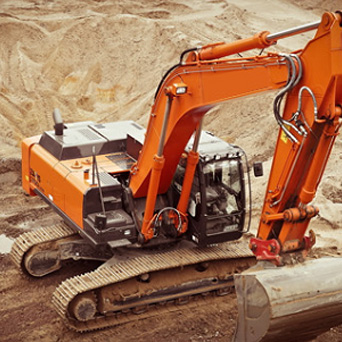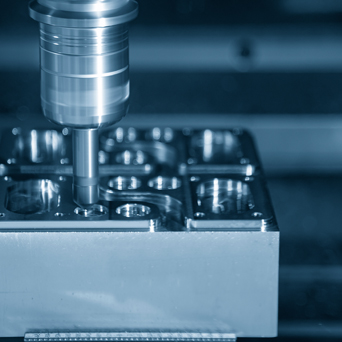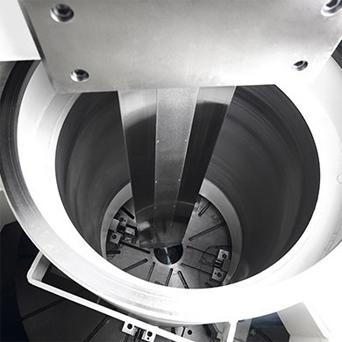Maintenance and Troubleshooting Tips for Horizontal CNC Rotary Tables
Horizontal CNC rotary tables are an essential component in many machining operations. They allow for precise and versatile machining, adding an extra level of flexibility to any machine tool. However, like any other mechanical equipment, they require regular maintenance and occasional troubleshooting to ensure their optimal performance. In this blog, we will discuss some useful tips for maintaining and troubleshooting horizontal CNC rotary tables.
Regular Cleaning and Lubrication
Proper cleaning and lubrication are crucial for the smooth operation of a horizontal CNC rotary table. As these tables are constantly exposed to metal chips, coolant, and dust during machining processes, it is essential to clean them regularly. Use a soft brush or compressed air to remove any debris or buildup from the table's surface and its mechanical components.
After cleaning, apply an appropriate lubricant to all moving parts of the rotary table. Lubrication helps reduce friction and wear, keeping the table operating smoothly. Be sure to follow the manufacturer's recommended guidelines for the type and frequency of lubrication.
Inspection and Alignment
Regular inspections are essential to detect any potential issues or misalignments in the horizontal CNC rotary table. Start by visually inspecting the table for any signs of damage, such as chips, cracks, or excessive wear. Pay attention to the drive mechanisms, gearboxes, and bearings. If any visible issues are found, contact a professional for further inspection and repair.
Additionally, it is crucial to check the alignment of the rotary table regularly. Misalignment can lead to inaccurate machining results and premature wear. Use precision measuring tools to ensure that the table is aligned correctly along all axes. If misalignment is detected, consult the manufacturer's instructions or seek the assistance of a qualified technician to resolve the issue.
Troubleshooting Common Problems
Even with regular maintenance, horizontal CNC rotary tables may encounter some common issues. Understanding these problems and their potential causes can help you troubleshoot and resolve them effectively. Here are a few common problems and their possible solutions:
Erratic Table Movement: If the table is moving inconsistently, it may be due to loose or damaged belts, improper motor calibration, or electrical issues. Check and tighten all belts, recalibrate the motor if necessary, and ensure proper electrical connections.
Excessive Vibration or Noise: Vibrations or unusual noises during table operation can indicate misaligned components, worn bearings, or loose fasteners. Inspect and realign any misaligned components, replace worn bearings, and tighten all fasteners securely.
Inaccurate Positioning: If the table consistently fails to reach the desired position accurately, it could be caused by mechanical wear, misalignment, or incorrect programming. Check for any mechanical wear, realign if needed, and revise the programming if errors are detected.
By regularly maintaining your horizontal CNC rotary table and promptly addressing any issues, you can enhance its lifespan, ensure accurate machining results, and improve overall productivity. Remember to consult the manufacturer's guidelines and seek professional assistance whenever necessary.
In conclusion, horizontal CNC rotary tables are valuable assets in machining operations, but proper maintenance and troubleshooting are crucial for their optimal performance. Regular cleaning, lubrication, inspection, alignment, and effective troubleshooting can help prevent issues and ensure smooth and accurate operation. By following these tips, you can maximize the lifespan and productivity of your horizontal CNC rotary table.
-
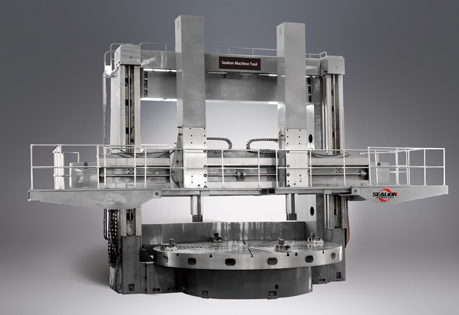
Selection Steps of Special Liquid for CNC Machining Center
The point of selecting the special liquid for the CNC machining center is to select its antirust property, and the general lubricity and cleaning property can basically meet the requirements.However, ... -
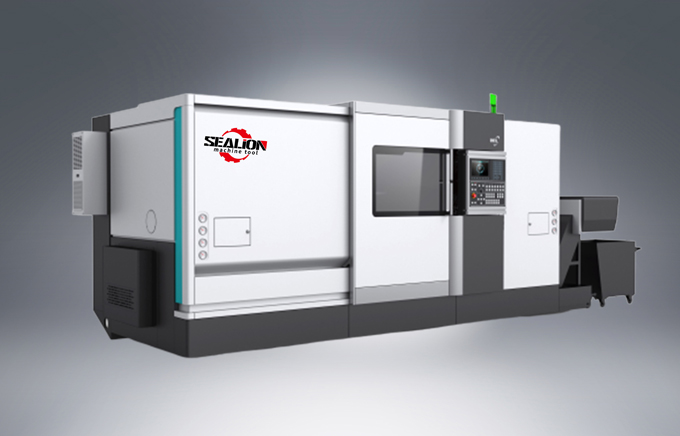
A CNC Lathe that is Not Free of Programming is Not a Good Lathe
In 2020, in a modern industry with rapid technological development, production and processing will also consume high labor costs and high production costs. The whole process is high consumption and lo... -
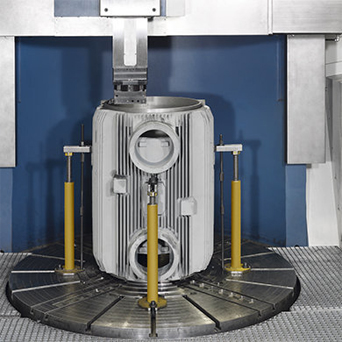
What is the Difference Between CNC Machine Tools and Conventional Machine Tools?
Machine tool is a machine that manufactures machines, and it is also a machine that can manufacture machine tools itself. Turning, milling, planing, grinding, boring, drilling, electrical discharge ma...


